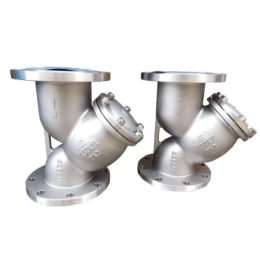Floating Ball Valve Structural Features
Floating ball valves are designed to provide reliable and efficient fluid control. They are widely used in various industries, including oil and gas, chemical, and petrochemical industries. The following are some of the structural features of floating ball valves that make them stand out from other types of valves.
Anti-flying Stem Shoulder
The floating ball valve is equipped with an anti-flying stem shoulder at the lower part of the valve stem to prevent the valve stem from flying out due to an abnormal increase in the internal pressure of the valve. Additionally, to prevent fire accidents, a thrust bearing is placed at the contact between the lower shoulder of the valve stem and the valve body to form an inverted seal seat. This prevents leakage and avoids accidents.
Ordinary ball valves are prone to accidents if the stem packing is burnt, the packing gland is damaged, or the bolt is damaged. The valve stem may easily fly out of the fluid under the action of internal pressure, causing an accident that is not required by safety requirements.
Anti-static Function
To prevent static electricity generated due to the friction between the ball and stem and TFE or RPPL, the floating ball valve is prone to electrostatic ignition and igniting the easy medium, which can cause working condition accidents. The static electricity is introduced into the ground through the pipeline to ensure the safety of the system.
No Leakage Valve Body Sealing Structure
The connection between the valve body and the side valve body is sealed by gaskets. Factors such as fire, high temperature vibration, and uneven opening and closing torque can cause external leakage. In addition to relying on gasket sealing, the ball valve is specially designed for the valve body and the valve body. The metal of the side valve body forms a metal seal to ensure no leakage.
In conclusion, the floating ball valve structural features are essential in ensuring the safety and reliability of fluid control systems. The anti-flying stem shoulder, anti-static function, and no leakage valve body sealing structure are some of the key features that set floating ball valves apart from other types of valves.



